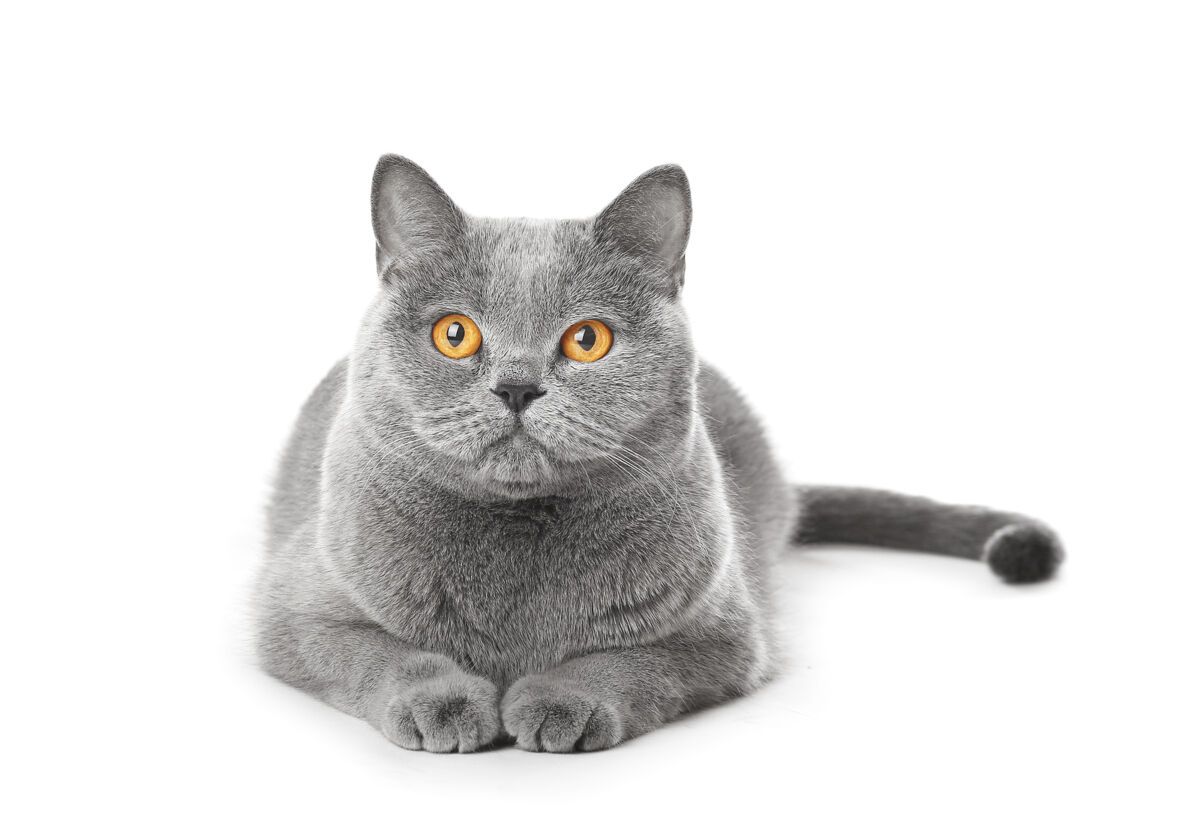
In part two of our series of DIY herbal remedies for your four-legged friends, pet therapist Elizabeth Whiter and holistic vet Dr Rohini Sathish share more of their favorite plant recipes.
In the natural world, animals are exposed to a huge variety of smells, and they have an innate response to aromas, tastes and touch. You may well observe a change in your pet’s behavior and body language when you use some of the healing plant remedies listed below, with signs of licking, chewing, yawning, or relaxation. These are all indications that your pet is processing the aromas of the plants. Simply inhaling the aromas can be a trigger to allowing healing to commence.
Parts used: Whole plant
Common uses and key properties: The common bladderwrack, part of the seaweed family, can be found washed up on beaches around the world. It’s packed with beneficial nutrients and, fed in small amounts, is a wonderful supplement for dogs and cats.
One of the main compounds in bladderwrack is iodine, used to treat an underactive thyroid. It also contains B vitamins, vitamin C, trace minerals, lipids, plant sterols, amino acids, omega-3 and -6 fatty acids, antioxidants, polyphenols and flavonoids. It’s useful as an electrolyte when valuable salts have been depleted from the body.
In recent years, seaweed taken internally has been promoted for weight loss, boosting the immune system, lowering blood sugar and cholesterol, improving gastrointestinal tract function and decreasing joint pain associated with arthritis. Seaweed is also believed to be a detoxifier and a useful healing agent.
Bladderwrack can be also be used externally in compresses to reduce inflammation and arthritic pain and can be added to aloe vera gel as a topical application to help with lick and bed sores, especially if animals are convalescing or paralyzed for long periods of time.
These are a lovely treat and easy to make. If you prefer, you can use culinary dried sea vegetables, such as sea lettuce (Ulva lactuca) and dulse (Palmaria palmata), which are available in some supermarkets and specialist food shops (or try the UK-based seaweed supplier Seagreens: www.seagreens.co.uk).
Ingredients:
1¼ cup (150 g) self-rising flour
1 large free-range egg
3 oz (85 g) dried seaweed, such as bladderwrack, kombu or dulce
2 Tbsp bladderwrack-infused sunflower oil (see following recipe)
Method:
1) Preheat the oven to 375°F/190°C and grease an 8 × 11 in (20 × 28 cm) baking sheet.
2) Combine the ingredients in a large bowl and mix until they form a soft dough.
3) Spread the dough ½ in (1 cm) deep on the baking sheet. Bake for 25–30 minutes until just firm.
4) Remove from the oven and allow to cool. Cut into bite-sized squares.
5) Keep in an airtight, labeled container in the fridge for up to five days, or freeze for up to one month.
Top tip
When foraging for seaweed, choose small coves and clean beaches where water is free from impurities. Avoid harbors, where motor boats are often tethered. After gathering bladderwrack, wash it well to remove all sand and hang it out on a washing line to dry. When crispy, chop into 1 cm pieces, then use a pestle and mortar or a coffee grinder to grind it to a fine sand. Place in a labeled, airtight glass jar.
Ingredients:
1¾ oz (50 g) dried bladderwrack
18 fl oz (500 mL) sunflower oil
Method:
1) Fill a dry, sterilized glass jar with dried bladderwrack and cover completely with the oil. Leave a small space for the oil to breathe.
2) Screw the lid on tightly and leave the jar in a warm place, or in direct sunlight, for four to six weeks, or until the oil has taken on the color of the seaweed. Shake the jar vigorously every day.
3) Strain the oil into a (preferably dark) bottle.
4) Label and date the bottle and store in a cool, dry place. Use within three months. If unsure, smell and taste the oil and do not use it if it’s rancid.
Parts used: Aerial parts—leaves, stems and flowers
Common uses and key properties: Catnip, a member of the same plant family as mint, is loved by cats and dogs alike. It’s a calming agent and an anti-spasmodic, easing tummy upsets and acting as a sedative. For our feline friends it’s a euphoric; the plant contains a chemical called nepetalactone, which has an extraordinary effect on many cats when they inhale it.
Make your own: You can buy a catnip plant from a garden center. Ask for the Nepeta cataria variety as cats prefer it, and it grows well in the garden. Harvest the aerial parts in summer and allow to dry. Alternatively, buy good-quality dried catnip.
Catnip cat tray
Sprinkle generous handfuls of loose dried catnip into a clean, deep tray, at least 14 in (35 cm) wide, 20 in (50 cm) long and 4 in (10 cm) high. Cats can explore the scents and roll in ecstasy, releasing wonderful endorphins—the happy hormones.
Top tip
For cats prone to fur balls, place a little catnip-infused sunflower oil (follow the recipe for bladderwrack-infused sunflower oil on page 59 but use dried catnip instead) on a clean saucer and let your cat self-select as and when they choose.
Parts used: Fruit, bark, leaves and seeds.
Caution: topical application only
Common uses and key properties: The neem tree, native to India and Southeast Asia, is very versatile, with all parts being used in traditional medicine. The tree has been used for thousands of years to treat a wide variety of conditions in both humans and animals.
Neem is widely recognized for its ability to kill and repel insects, including mosquitoes and fleas. Research has identified a compound in neem called azadirachtin, which apparently prevents young insects from growing properly and the adults from reproducing and laying eggs. It also appears to stop insects from feeding on the host animal. Neem helps with many skin conditions, including ringworm, eczema, fleas, ticks, mange and mites.
The cold-pressed oil from the neem tree’s fruits and seeds is great for dogs, while cats tend to prefer preparations from the leaves and bark. Short-haired cats fare better with the powdered neem bark recipe, while long-haired cats do well with the neem leaf tea version.
Neem should only be used on the skin as a topical treatment and not taken internally, although neem has no known side-effects, even if a cat grooms itself and ingests some.
Neem oil and water do not really mix, but with a bit of determination and a little help from some dishwashing liquid to help bring it together, presto we have a remedy!
Ingredients:
1 Tbsp neem oil
18 fl oz (500 mL) warm water
1 drop of washing-up liquid
Method:
1 Heat the neem oil in a glass bowl over a bain-marie or double boiler until it is warm to the touch and thinner in consistency.
2 Add the water and the dishwashing liquid and whisk together until the mixture comes together.
3 Place the liquid in a glass bottle, label it and store in the fridge. Use within two months.
4 To use, apply with a clean cloth or sponge to the back and flanks; avoid the face and genitals
Ingredients:
4 Tbsp fresh or dried neem leaf
1 cup water
Method:
1) Place the neem leaf in a cup, then fill the cup to the brim with just-boiled water. Steep overnight.
2) Strain the liquid and place in a glass jar. Label, and store in the fridge for up to a week.
3) As above, apply with a clean cloth or sponge to the back and flanks; avoid the face and genitals.
Ingredients:
4 Tbsp neem bark powder
4 Tbsp internal green clay
Method:
1 Place the bark powder and green clay in a labeled glass jar with a screw-on lid. Shake the jar to mix the ingredients.
2 Take a small handful of the powdered mixture and rub through the back and flanks; avoid the face and genitals.
Top tip
Always buy good-quality cold-pressed neem oil. Avoid solvent, extracted or cheap diluted versions, which are not robust enough to deter insects.
Parts used: Aerial parts—leaves
Common uses and key properties Mint, best known as the peppermint variety Mentha piperita, is one of the best digestive aids available and helps soothe and relax the digestive tract. It can help with indigestion, flatulence, nausea, colitis, bloat and colic.
The ‘mintiness’ we smell and taste when we drink mint tea comes from aromatic oils in the plant, which contain chemical compounds such as menthol and volatile oils that help to stimulate the liver, increasing the flow of bile.
Many dogs love these, and they help with bad breath, travel sickness, anxiety and depression.
Ingredients:
1 ½ cup (175 g) self-rising flour
1 free-range egg
2 Tbsp mint-infused sunflower oil (follow the recipe for bladderwrack-infused sunflower oil but use dried mint instead of bladderwrack)
1 tsp honey
1 handful finely chopped fresh mint
Method:
To prepare, follow the same method as for bladderwrack sea biscuits

Adapted from You Can Heal Your Pet by Elizabeth Whiter and Dr Rohini Sathish (Hay House, 2015)
What do you think? Start a conversation over on the... WDDTY Community